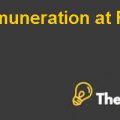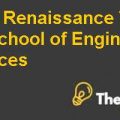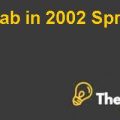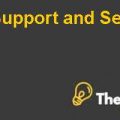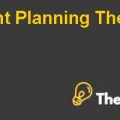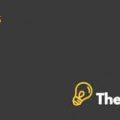
Abstract
My memory is a valuable asset that I have to protect and enhance as much as possible. Whether it deals with studying for a text or remembering someone at a meeting, my memory is very important. Your memory faces facts, information, dates, events, circumstances, and other things that relate to your everyday life. My memory is composed of neural connections in my brain, which is believed to hold millions of data. Age is a factor that can contribute to good memory or a bad memory. Some people believe that the older you get, the worse your memory can be, but I look at that as a myth. Chapter 12 is really interesting to me. After reading it, I realized a lot of mind blowing things about myself. I recently took a memory test online that dealt with a variety of shapes, objects, and words all lined up. I am going to discuss different memory techniques and ways on how someone can improve their memory in contrast to how well I scored on these memory tests.
Memory
Body
When I took the memory test, I wasn’t too shocked at how well I scored. In the series of test, I scored a 15% on all of the memory tests. On the first test, it displayed a long list of words and I had to remember as many words as I could and list them. I think it was about 20 words or so and I remembered 7 of them. The words at the beginning and the end of the list I remembered easily like and, of the book, and so on. Psychologically, they were the easy words that stood out and they seem real simple. One word like Mozambique was another word that I remembered because it was long. In the other memory test, where it had labels of objects, that was easy for me to rename them. The objects were things that I have already seen on a daily basis, so I looked at that as being an advantage for me. They had objects like apple, banana, chair, table, and basic things you would see in your house. When you match a picture with words in contrast to just memorizing a list you have some advantages and disadvantages. When you have to match pictures with words, if the pictures are something you usually see then it can be easy. If they are not pictures you normally see then it can be hard.
Mind mapping would definitely help me take better notes in my classes in contrast to a business. For starters, mind mapping is a visual technique that is used in research to help structure my ideas and concepts in a way to help better organize my class work more effectively. One of the biggest advantages of mind mapping is that it engages my mind in the mental aspect of my class work. Mind mapping produces positive results and helps me produce useful connections between my ideas and findings in contrast to previous research. This is very important when writing research reports which deal with me displaying my analytic skills. Unlike normal note taking, which happens to be a linear form of learning, mind mapping allows me to think about my subject from different perspectives and helps me link ideas together in ways that may have not been previously conceived. Mind mapping is a great visual form of note taking.
While taking the memory test, I experienced a few decision making biases. The first bias was availability. On the first memory test, when I first saw the word book, and, of, blue, Mozambique I remember those words because they were readily available first. They appeared at the beginning and the end of the list and they are also common words that I see every day. The words towards the middle of the list I somehow forgot, I thought they would be easy for me to remember, but they weren’t. Another decision making bias I displayed was overconfidence.
Overconfidence was a bias that was quite similar to availability. When I saw all the objects on the page, I got overconfident and looked away from the page thinking it would be easy for me to remember everything on it. This happened on the second test with all the objects. Availability bias and overconfidence bias is a human cognitive bias that causes people to overestimate the probability of events associated with memorable or vivid occurrences. The fact that memorable events are further magnified by coverage in the media, the bias is compounded on the societal level. Two good examples would be expecting the same object to pop up on the memory test or seeing the same words right beside each other or in a particular order on a memory test. Another good example is the difference between a plane crash and a car accident. People are more likely to die from a car accident than a plane crash because the less likely events are more available. Also, when dealing with a car accident or someone being kidnapped, it’s more likely for someone to die in a car crash than to be kidnapped but the less likely event is more readily available.
My ability to be creative in decision making can be enhanced by doing a wide variety of memory techniques and memory exercises ......................
This is just a sample partial case solution. Please place the order on the website to order your own originally done case solution.

